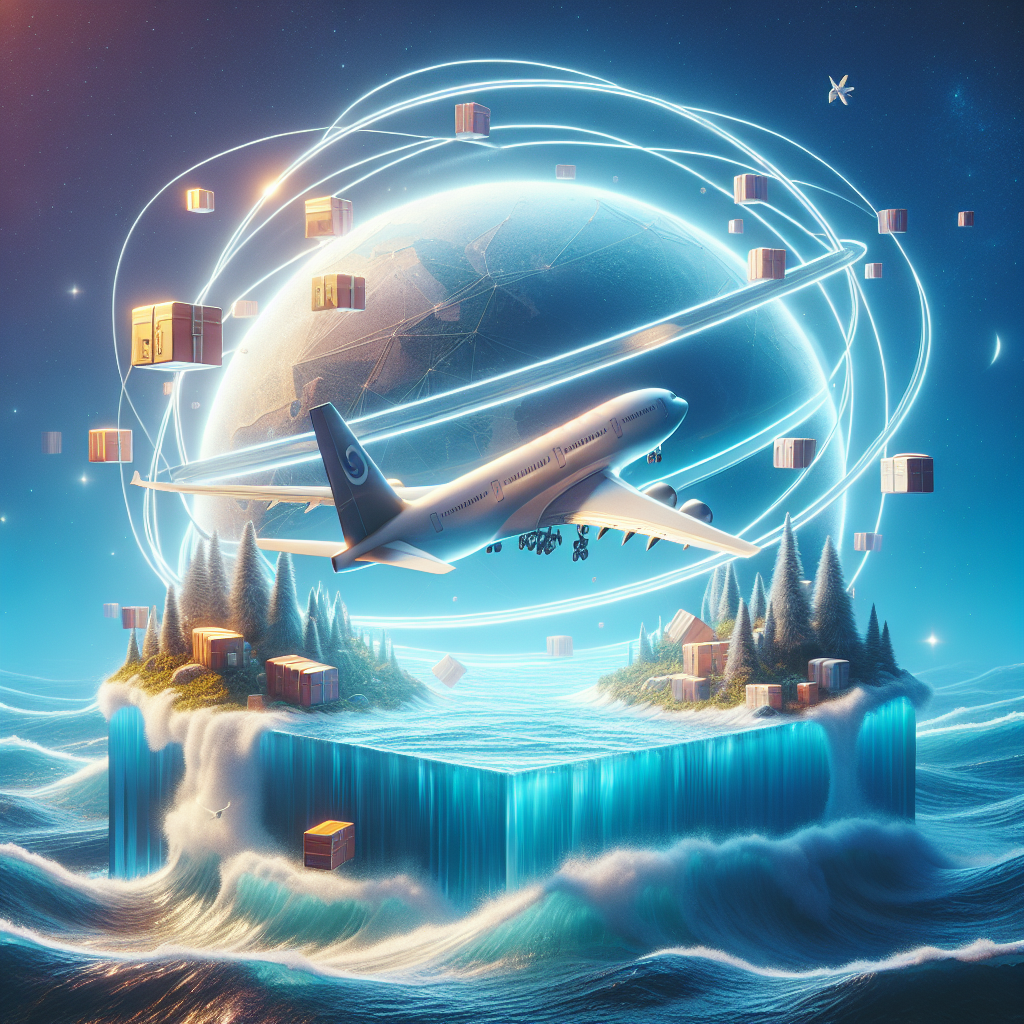Imagine staring out of your airplane window, witnessing nothing but the endless expanse of the ocean below and sky above, as you coast over the Pacific. This is the reality of a transpacific flight. But what exactly is a transpacific flight? In simple terms, it's a flight that crosses the Pacific Ocean, typically linking the massive geographical and cultural divides between Asia and North America. Historically, these flights became possible with advancements in aviation technology during the mid-20th century, revolutionizing how we connect globally.
At the heart of transpacific flights is the allure of connecting vastly different worlds. They cater to a diverse group of travelers, including tourists enchanted by cultural experiences, entrepreneurs seeking global business opportunities, and families spread across hemispheres yearning for reunions. These flights operate from and to busy hubs like Los Angeles, Tokyo, or Sydney, involving aircraft designed to cover long distances, largely Boeing and Airbus models. They take us from busy urban life in one hemisphere to the equally vibrant hustle and bustle in another, constantly reminding us of the world that exists beyond our immediate surroundings.
These marathon flights are longer than domestic ones, lasting anywhere between eight to eighteen hours, depending on the route. They demand advanced technology and planning to ensure safety and efficiency. Modern transpacific flights have transformed traveling, offering in-flight comforts like movies, internet access, and gourmet dining to what might otherwise feel like an overwhelming journey.
Nevertheless, flying across the Pacific isn't without its challenges. Weather conditions over such vast oceanic spaces can be unpredictable, and traditional navigation references aren't visible for miles. Pilots rely heavily on technology to keep planes safe and on course. An aspect that's hard to ignore is how these long-haul journeys contribute significantly to global carbon emissions. Airlines are scrambling for solutions to reduce their carbon footprint through initiatives like more fuel-efficient planes, investments in sustainable aviation fuels, and improving flight paths.
From a societal standpoint, transpacific flights have made it easier for ideas, culture, and economies to intersect. They play a role in cultural globalization, allowing people to explore different lifestyles and viewpoints easily. Some argue that this promotes a homogenized global culture at the expense of local traditions. However, others appreciate the broader access to knowledge and experiences that these flights enable, showcasing a distinct balance between the preservation of local culture and global integration.
The experience of a transpacific flight is indeed a mixed bag of emotions. There is the thrill of travel and the awe-inspiring perspective of watching time zones shift. Still, there's also the fatigue setting at cruising altitude over the vast ocean, knowing there's a long way to destination. These flights require patience, resilience, and often, a good travel playlist to make it through the journey.
The future of transpacific travel might see further innovations. With the rise of technologies like supersonic flights promising to cut travel time significantly, and concepts like space tourism emerging, the skies might soon look very different. However, the pursuit of convenience and speed should balance with sustainable practices to ensure future generations aren't burdened by today's technological strides.
As the world becomes more interconnected, understanding the role of transpacific flights becomes all the more crucial. They stand as a testament to human curiosity and innovation, driving us to connect continents and cultures in unprecedented ways. What's clear is that these flights are more than just a way from point A to point B; they are a bridge between worlds, a testament to our shared human experience transcending borders and oceans.

